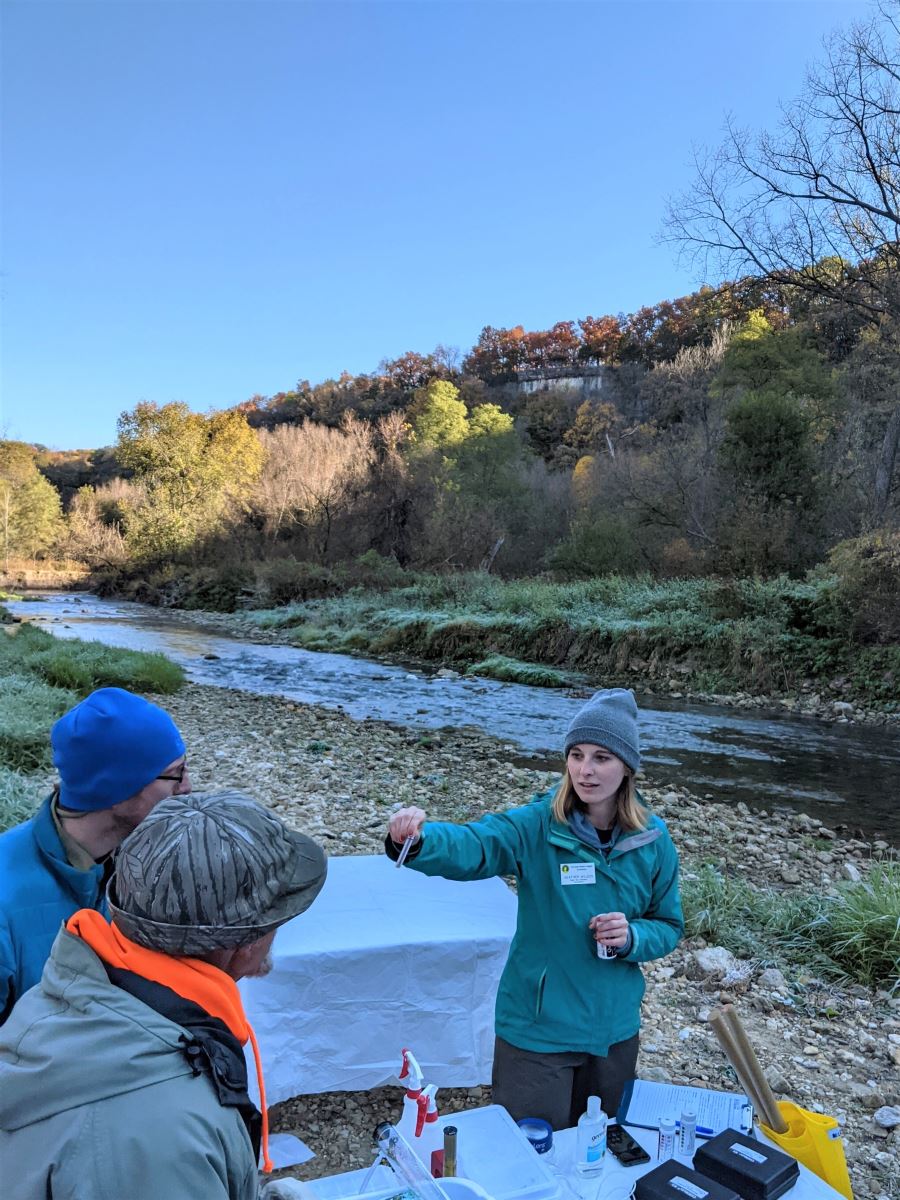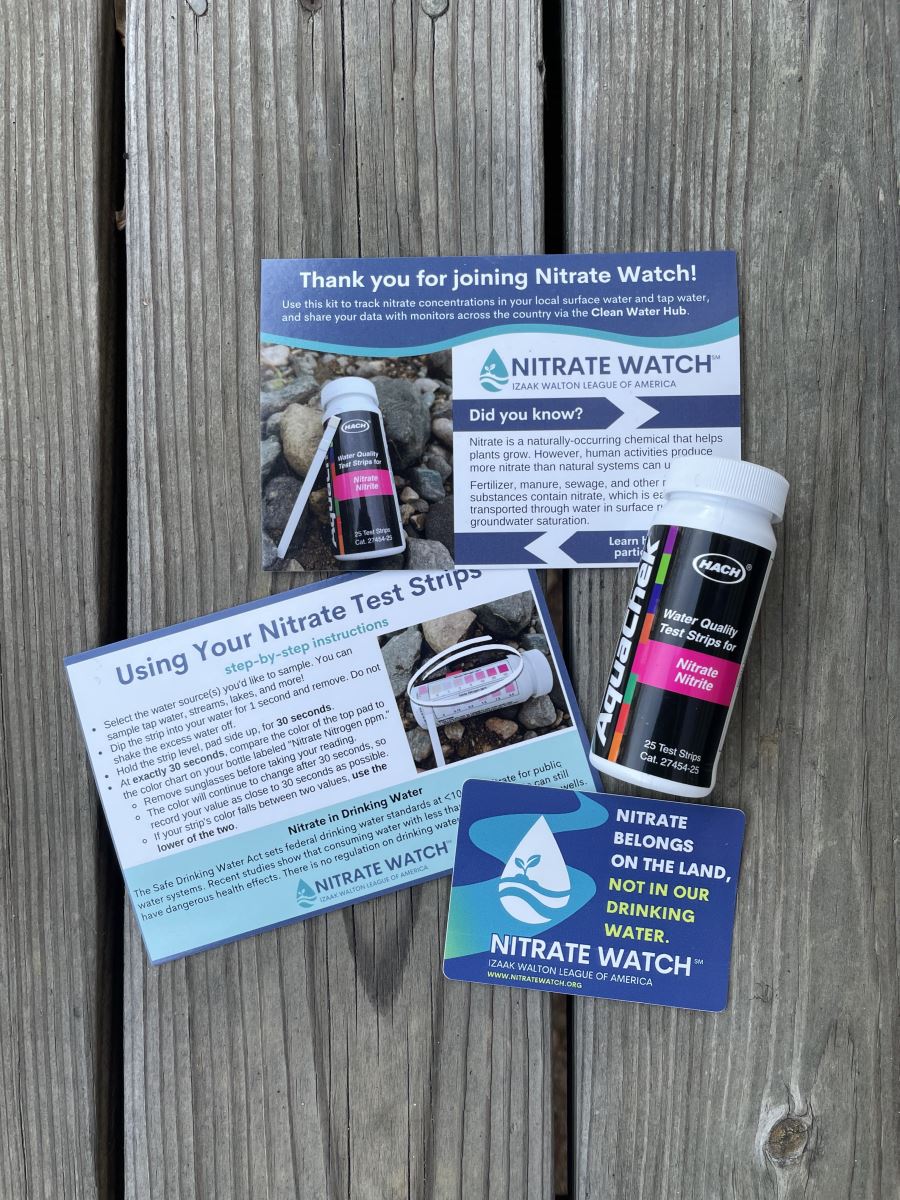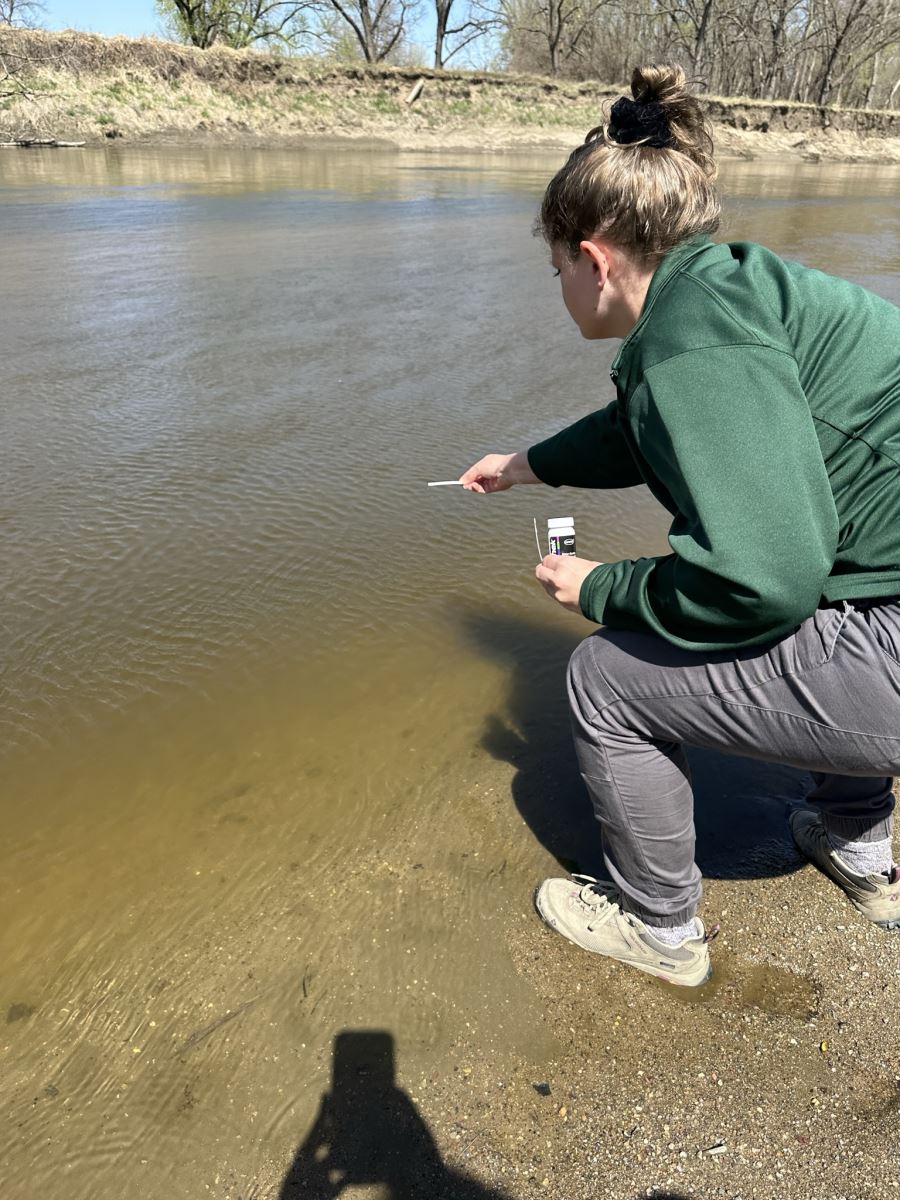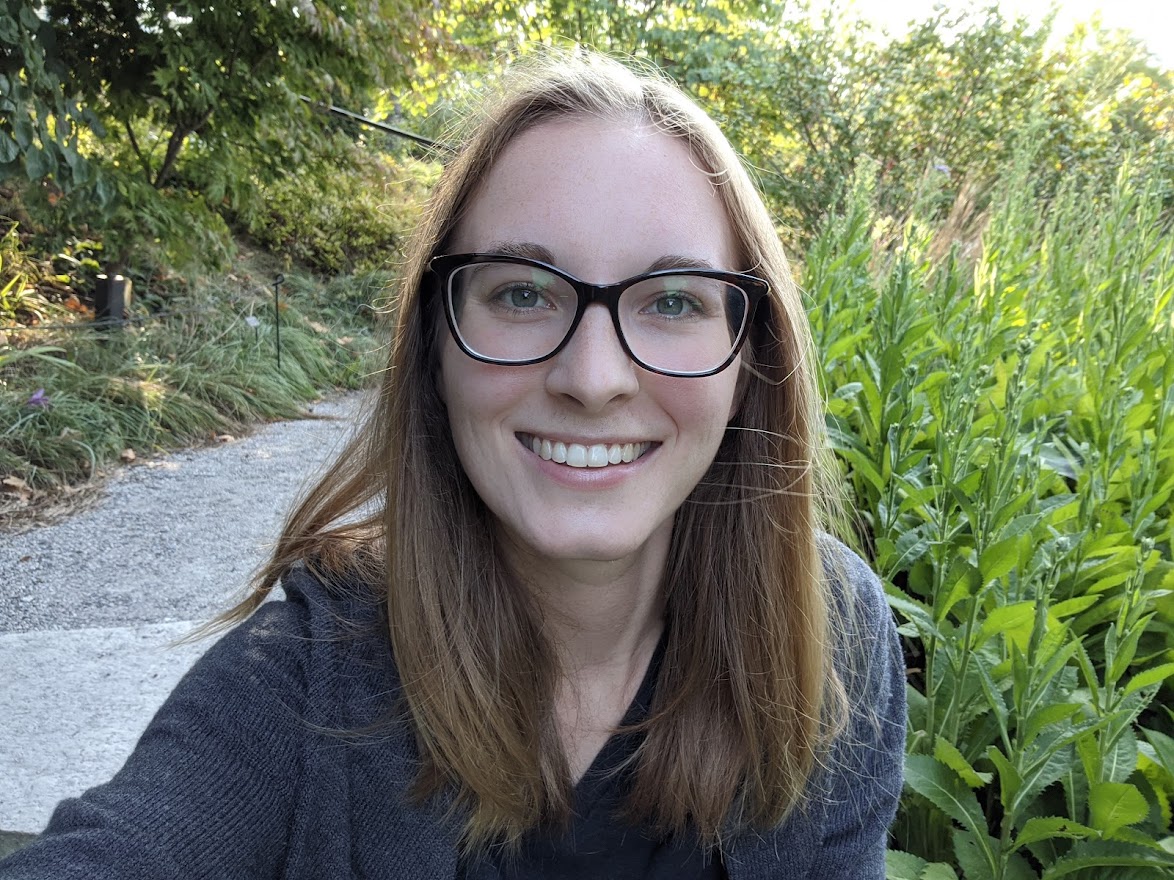Nitrate Watch: A hands-on approach to nitrate monitoring
posted
by Guest Blogger on Tuesday, May 9, 2023
By Heather Wilson, Midwest Save Our Streams Coordinator for Izaak Walton League of America
 When I lead a Save Our Streams water quality monitoring training, I usually ask the attendees “Why is clean water important?” Different people will respond in different ways – maybe they value clean water for paddling or fishing, ecosystem services, aesthetic beauty, or simply safety and human health. Of course, all of these factors (and more) are important. Unfortunately, all of them are threatened by nitrate pollution.
When I lead a Save Our Streams water quality monitoring training, I usually ask the attendees “Why is clean water important?” Different people will respond in different ways – maybe they value clean water for paddling or fishing, ecosystem services, aesthetic beauty, or simply safety and human health. Of course, all of these factors (and more) are important. Unfortunately, all of them are threatened by nitrate pollution.
Iowans have become all too familiar with nitrate and its impact on water quality. This pollutant, common in agricultural runoff, sets in motion a cascade of ecosystem effects when it is delivered to waterways, causing algae blooms, fish kills, and hypoxic dead zones.
The human health impact of nitrate is perhaps less widely understood but no less important. When we consume drinking water that contains excess nitrate, it can lead to conditions like blue baby syndrome, thyroid disease, birth defects, and cancers. Public water systems are required to remove nitrate in excess of the 10 mg/L drinking water standard, but this protection is not in place for private groundwater wells. Moreover, scientists have observed adverse health impacts even when nitrate concentrations are below the 10 mg/L standard.
Nitrate pollution is a sprawling, complex issue with its roots in major industries. It can be difficult to feel that we as individuals have the ability to affect change when an issue looms so large. This is one of the reasons the Izaak Walton League is so excited to invite volunteers to participate in the Nitrate Watch program, which takes a hands-on approach to combatting nitrate pollution.
 Nitrate Watch engages volunteers from across the country in monitoring nitrate pollution. Volunteers request test kits, including nitrate test strips and instructions, at nitratewatch.org. These kits are free (while supplies last!), making participation accessible for all. Volunteers can monitor nitrate levels in surface water (such as streams, rivers, lakes, and others) as well as drinking water (including public drinking water systems and private wells).
Nitrate Watch engages volunteers from across the country in monitoring nitrate pollution. Volunteers request test kits, including nitrate test strips and instructions, at nitratewatch.org. These kits are free (while supplies last!), making participation accessible for all. Volunteers can monitor nitrate levels in surface water (such as streams, rivers, lakes, and others) as well as drinking water (including public drinking water systems and private wells).
Data from Nitrate Watch volunteers is shared on the Clean Water Hub, where it is compiled in interactive, color-coded maps. This data is publicly accessible and can be used by anyone who wants to communicate about nitrate pollution with members of their community. For volunteers interested in taking the next step and turning their data into action, we have created helpful resources like letter to the editor templates, fact sheets, and a Nitrate Watch petition, all of which are available on the Nitrate Watch webpage.
 By mobilizing volunteer monitors and making this nitrate data publicly available, we expect to highlight nitrate pollution hotspots in areas that aren’t currently being consistently monitored. Providing evidence of this pollution problem will raise awareness at the local level where individuals may have ignored the problem or assumed it was not an issue in their neighborhood.
By mobilizing volunteer monitors and making this nitrate data publicly available, we expect to highlight nitrate pollution hotspots in areas that aren’t currently being consistently monitored. Providing evidence of this pollution problem will raise awareness at the local level where individuals may have ignored the problem or assumed it was not an issue in their neighborhood.
Izaak Walton League of America members, staff, and volunteers will use Nitrate Watch data and lessons learned to advocate for regenerative agriculture practices that reduce nitrate pollution and for the modernization of drinking water standards to ensure they are protective of human health.
This program doesn’t exist without volunteers (like YOU)! Visit nitratewatch.org to join Nitrate Watch, explore FAQs and advocacy resources, and to sign up for our monthly newsletter.
About the Author
 Heather Wilson is the Midwest Save Our Streams Coordinator for the Izaak Walton League of America. In this role, she trains and supports Save Our Streams volunteers and trainers across the Midwest and manages the Nitrate Watch program. Heather received her M.S. in Environmental Education from Southern Oregon University and her B.S. in Biology from Iowa State University.
Heather Wilson is the Midwest Save Our Streams Coordinator for the Izaak Walton League of America. In this role, she trains and supports Save Our Streams volunteers and trainers across the Midwest and manages the Nitrate Watch program. Heather received her M.S. in Environmental Education from Southern Oregon University and her B.S. in Biology from Iowa State University.
- clean water
- clean water act
- drinking water
- harmful algal blooms
- nitrate pollution
- nutrient reduction strategy
- public health
- toxic algae
- water quality
- water recreation